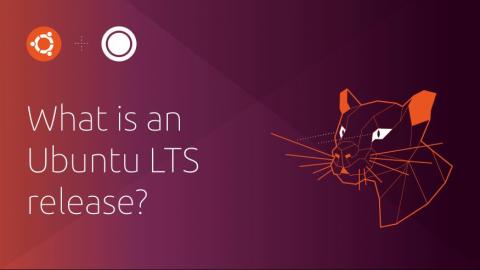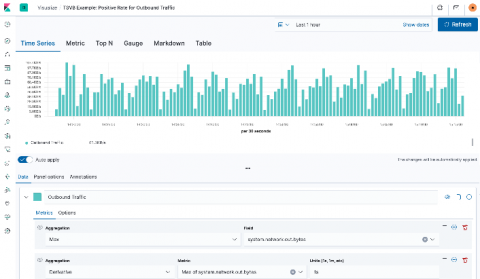Remote Working: Encrypt 15k Devices in 3 Days? No problem.
Right now, millions of people are working remotely for the first time, and they’re doing so on company laptops and mobile devices. And with millions of these devices now offsite, this throws but one more wrinkle in tech support’s security plans—in addition to worrying about insecure networks and malware attacks, IT must also safeguard against physical theft. Yes, device encryption is the logical fail-safe for such a scenario and a must-have for any remote IT setup.








